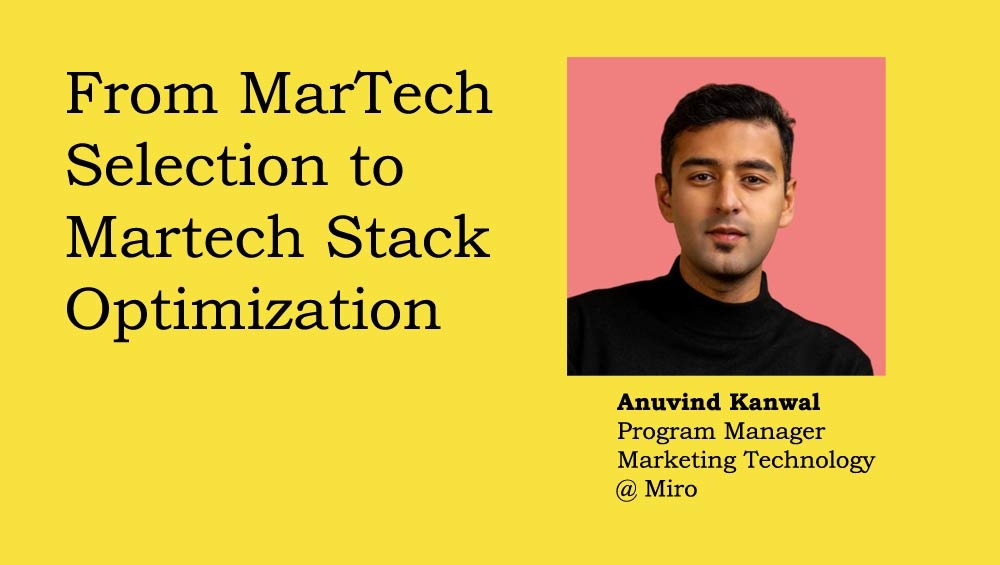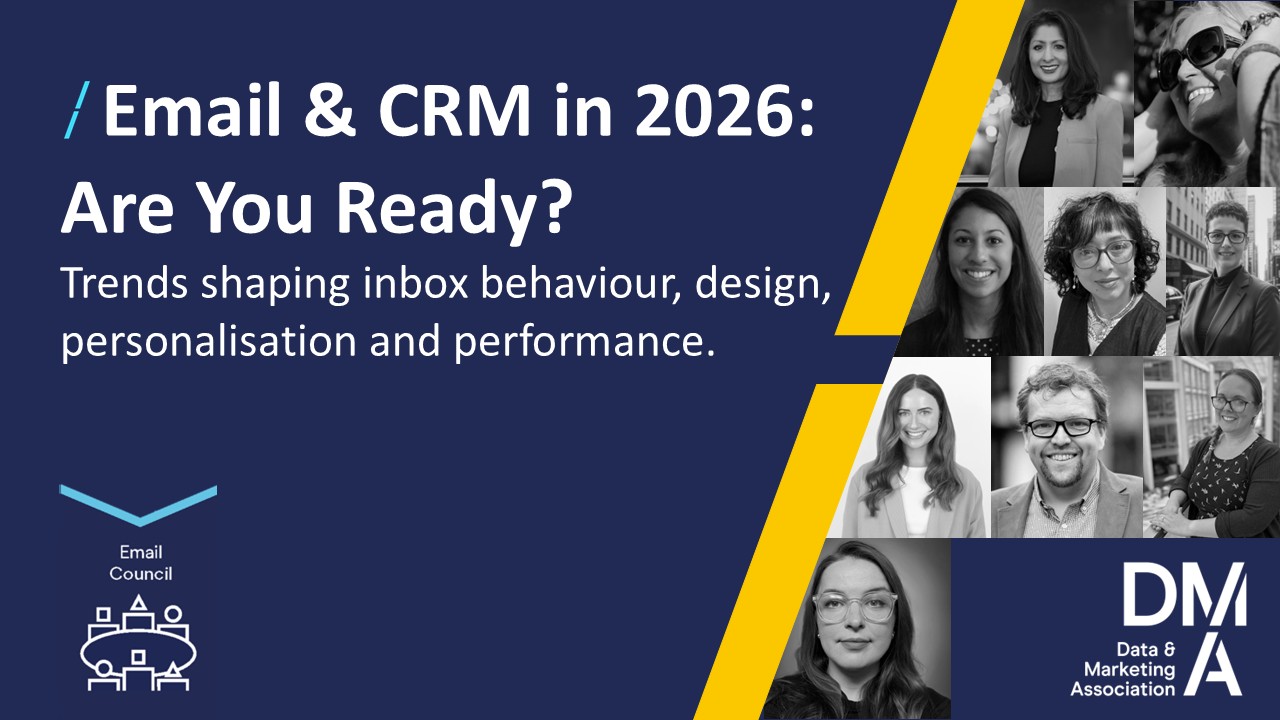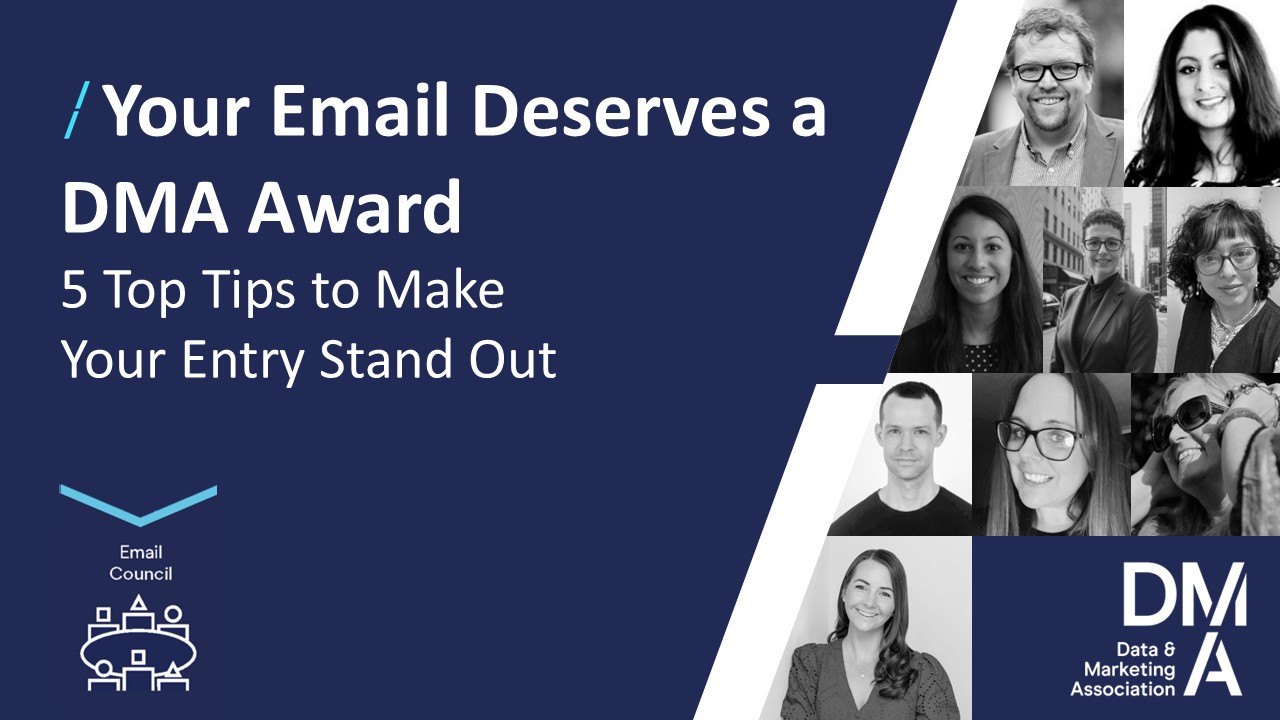From MarTech selection to Martech Stack Optimization (with Anuvind Kanwal)
13 Jun 2025

When it comes to selecting a marketing automation platform, it’s easy to get overwhelmed by sleek demos, endless feature lists, and enthusiastic vendor pitches. But according to Anuvind Kanwal, Marketing Ops & Automation Enabler at Miro, smart stack decisions begin elsewhere.
“Everything that shines, isn’t a diamond”, says Kanwal. Turns out Kanwal is not a man easily dazzled.
Anuvind Kanwal will be presenting at the EMAS DDMA Email Marketing Automation Summit in the Netherlands on June 26th with a session called “Optimizing the marketing tech stack to unlock the full potential of email marketing”. Ahead of his session, he sat down with email marketing consultant and MarTech consultant Jordie van Rijn to talk about guiding software selections.
How do you approach selecting new marketing automation software? Where do you start?
Experience in running RFPs and RFIs has taught Anuvind a core truth: first look at the what- why-how-how far.
Anuvind: “The selection process for us begins, always, with a gap analysis. Not with features. Not with vendor slides. But with questions. Because changing tools comes with downsides. There’s overhead, risk, cost, technical debt. You don’t do it unless the current system is truly holding you back.
You always begin with a gap analysis. Never the shiny tool first.
Jordie adds: " I haven’t met a marketer that wakes up in the morning, jumping out of bed “Let’s do a software selection today”. So it also means making it as easy for both inhouse and the vendors to make it all smooth. Obviously in-house is different. Knowing your as-is current situation and having a set process for the selection is key.
People sometimes go loose and kind of “find it out along the way” which is a recipe for, let’s say, less than optimal outcomes. “I saw a demo recording recently where the sales person totally wrapped the team around her finger, skipping over critical parts 'because it was a demo environment', introducing unneeded functionalities, feeling out pricing and competition. And no one noticed what was really happening there."
Anuvind: “It is mapping out what's working and what isn’t. This includes stakeholder interviews, capability reviews, and honest assessments. Sometimes, what’s broken is fixable. You don’t need to switch platforms, just adjust usage or configuration.
Teams shouldn’t be reactive, because:
-
Frustrations are not always flaws
-
Migration is costly and take time
-
Change introduces risk
There’s opportunity cost, overhead cost, and implementation cost. Don’t jump unless the current tool truly can’t support your goals.”
Jordie: “The gap analysis Anuvind mentioned is very smart. Even if you already 100% know that you need to move. The gap analysis can inform true requirements and the goal of the new to-be situation. It should be part of the discovery.
When it comes to a selection, how do you vet the tools?
Anuvind says to move into a structured RFI and RFP phase: ”We create actual marketing use cases. Real scenarios. Then we ask vendors to show how their tool would handle it.
The process includes Technical demos, Data flow validation, Marketing team sandbox tests, Integration checks with upstream/downstream tools.
We have marketers sit with the platform and try it. It’s not about what the vendor says, it’s what our team can do with it. We need real functionality, not just the promise of it.”
How do you evaluate integration and ecosystem Fit?
Anuvind is crystal clear on this: "I’m not choosing a tool that takes six months of engineering to integrate. That’s a red flag. You should always looks at how well a platform integrates with the broader marketing stack:
-
CDPs and CRMs
-
CMS systems
-
Consent and analytics pipelines
Vendors often say, ‘We integrate with everything.’ What they mean is: ‘We integrate with everything if you have engineers ‘. That’s not good enough. I want out-of-the-box integrations or clear setup paths, not the promise of flexibility and an endpoint. Because marketers should be running the platform, not IT.
Jordie adds: We map out the current MarTech Landscape and all the dataflows. Often that is a bit of pull and push to get all the information clear. But it’s also a hoot. For many companies this is a first time they ever did it, and it uncovers all kinds of surprises; they find forgotten tools, data streams and more kinds of software they forgot about. Plus they discover what they actually need. If everything is mapped and clear, this helps enormously with the implementation later on.
How much time should a selection take?
Anuvind: "I have never seen it faster than three months, and that is the minimum. Much more if it’s enterprise. You must always budget time for overlap. Overlap is your safety net. You need time to test, train, migrate, and adapt. Rushing will lead to poor choices.".
He advises: Don’t wait until the end of your contract is coming up. Start well before. I' ve seen teams select tools under deadlines and then regret it within a year. It happened to us once. We had to redo the whole process later because we rushed. Lesson learned.
Jordie: “It will always take more time than you expect. What I advise is to plan tightly, fast and veeeery thoroughly in the beginning. If you are team lead for the selection, keep it in the back of your mind that the slack should be at the end, not the beginning. I always try to use templates we developed. And uncover hidden requirements. Preparing well in the beginning avoids going back two steps after.”
Looking past vendor hype
Vendors love to show off their new, shiny things and latest hot takes on how you should think about the latest developments in marketing. In a selection you have to look past that.
Anuvind: "Everything that shines isn’t a diamond." To filter noise, we focus on complex scenarios like layered data. Anyone can send a newsletter. The test is: can your platform handle triggered events, data stitching, real-time logic, and custom workflows?
The platform should show - not the vendor tell - how it solves these advanced problems.
And if a vendor tells you to involve third-party agencies or consultants for proper implementation and use. Then that’s a no. I have a smart marketing team. They should be able to own execution. I don’t want a license to hire consultants."
Jordie: I'd like to put an asterisk behind the “every platform can send a newsletter”. They can, OK, but they do it in different ways. So then the “how and how well“ becomes important. Because, one thing easily done or even automatic is way hard in another tool. Think about just handling something like international versions.It's all about the fit.
Final Words of Advice
"Marketing tools should be for marketers. Strategy and execution should be in-house. Engineering and data should enable that, not run the platform."
Anuvind’s advice is very practical:
-
Map the gaps first
-
Empower your marketing team
-
Look at the bigger ecosystem
-
Budget time for proper vetting
Jordie adds some more quick tips:
-
Keep internal meetings focussed on clarifying needs, not for discussing tactics.
-
Use scoring on detail level – high level is too open for opinion and gut feelings.
-
Get pricing clear and on paper, to avoid surprises later on.
-
Everyone wants integrations and easy to use, those aren’t requirements if you don’t go at least one level deeper.
Both Anuvind and Jordie agree: a good selection process isn’t about picking the right tool. It’s about setting yourself up for a successful implementation. Think of it not just as choosing software, but as optimizing your stack so your team can do their best work.
Meet Anuvind at the EMAS 2025
You can catch Anuvid at the EMAS DDMA Email Marketing Automation Summit in the Netherlands on June 26th. You can also connect with him on Linkedin.
Jordie van Rijn, is email marketing automation consultant at emailmonday your software selection guide at email vendor selection and member of the dutch DDMA.





Please login to comment.
Comments